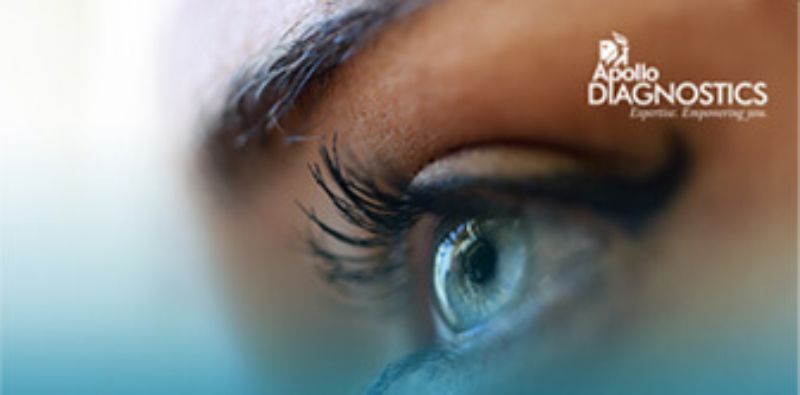All the facts you need to know about Arthritis
Jun 03, 2020

Arthritis literally means inflammation of the joints. There are over a hundred different forms of arthritis diseases. These diseases generally affect the area in and around joints such as muscles and tendons. Some forms of arthritis also affect other body parts like the skin and internal organs. Most forms of arthritis are chronic and last for a lifetime. Arthritis makes it difficult to perform movements which are a part of daily routine such as opening a door or chopping vegetables. Arthritis can strike people of any age and gender.
Arthritis causes pain, stiffness, fatigue and immobility ranging from mild to severe. The symptoms vary from individual to individual and also day to day. For some people only a few joints could be affected while in others the entire body could be suffering. Most arthritis diseases show signs of joint inflammation: swelling, stiffness, tenderness, redness or warmth which may be accompanied by loss of weight, fever or weakness. The most common arthritis conditions are osteoarthritis, rheumatoid arthritis and gout.
In osteoarthritis, the cartilage - tissue that protects the ends of your bones in the joint - gradually wears down. This could result in your knees aching more than usual or make you feel rather stiff and weary. The exact cause of a cartilage breakdown is not yet known but factors such as aging, lifestyle, genetic tendencies, obesity, joint injuries could contribute to developing osteoarthritis.
injuries could contribute to developing osteoarthritis.
 injuries could contribute to developing osteoarthritis.
injuries could contribute to developing osteoarthritis.While rheumatoid arthritis too results in pain and fatigue, it is an autoimmune disease. The body’s immune system attacks its own joints, causing their lining to swell and hurt. The probability of rheumatoid arthritis striking a woman is thrice more than a man. This form of arthritis starts out an early age and begins to show symptoms at an age as young as 25. While regular arthritis tends to affect weight bearing joints such as knees and hips, rheumatoid arthritis often impacts the entire body - all joints as well as other organs. Eating foods known to reduce inflammation such as salmon, walnuts, flaxseeds also help in easing the pain. Hot and cold compression treatments are also helpful in relaxing the pain.
Gout is caused by the build-up of uric acid in the body. Generally, uric acid dissolves in the blood and is removed via the kidneys and urine. However, if your kidneys aren’t functioning well or your diet is made up of large quantities of liver, dried beans or peas, uric acid levels can increase to toxic levels. This uric acid forms crystal deposits in joints thus leading to pain, swelling, redness and heat.
The initial stages of arthritis do not show much symptoms. Mild cartilage damage shows no signs, it is only when there’s a substantial loss of cartilage that symptoms of slow joint function, stiffness and pain start to develop. Arthritis is most likely to affect hands and weight bearing joints such as knees, hips, spine, lower back, neck, and end joints of the fingers.
As there is no cure known yet for arthritis, the best route would be prevention. Simple measures can go a long way in preventing arthritis. Maintain a healthy routine and an active lifestyle, exercise regularly. Maintain an optimum weight so that there isn’t additional strain on the joints. Wear appropriate protection for joints to avoid any joint injuries.
Many people dismiss arthritis pain as ageing pains and continue to suffer. If you continue suffering swelling, stiffness or joint pains for over two weeks, it is recommended to seek professional advice from a diagnostic service centre such as Apollo Diagnostics. Consult a reputed doctor who will run diagnostic tests and prescribe medication, lifestyle changes and suitable exercises to help relieve the arthritis. Ignoring the symptoms and not taking preventive care could result in serious disability and possibly joint replacement surgery.
Related Blog Post
Blog Categories
- Child Health
- Mens Health
- Women's Health
- Mental Health
- Health Myths & Facts
- Fitness
- Nutrition/Recipes
- Remedies
- Weight Management
- Stress Management
- Health Supplements
- Addiction Management
- Disease Management
- Allergy
- Anemia
- Arthritis
- Asthma
- Autoimmune Diseases
- Blood Pressure
- Cancer
- Deficiencies
- Dengue/Malaria/Chikungunya
- Diabetes
- Eye Problems
- Heart Diseases
- Hepatitis
- HIV/AIDS/STD
- Hormonal Imbalance
- Infection/Flu/Viral
- Kidney
- Liver
- Menstrual Problems
- Pregnancy
- Skin & Hair Problems
- Stomach Ailments
- Thyroid
- Others
- Health Checkups
- Diagnostics/Pathology
- Lifestyle & Wellness
- Covid
- Medical Tests
- Cholesterol
- Health Tips
- Parent Care/Old Age
- Lungs
- Food Intolerance








